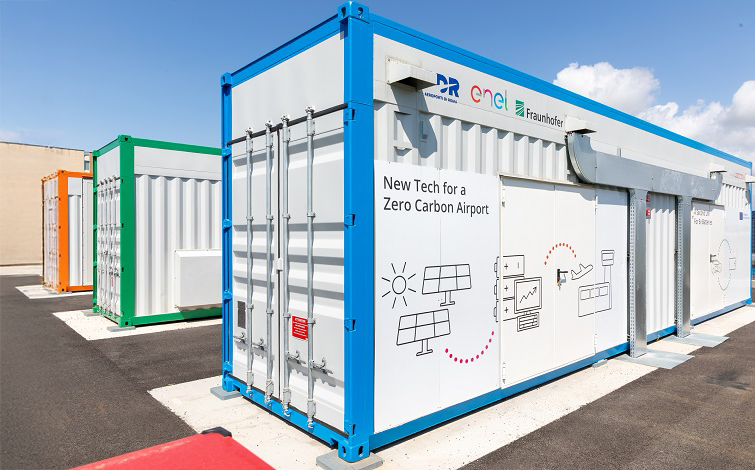2025-06-24 オランダ・デルフト工科大学(TU Delft)

Artist’s impression of the quantum spin Hall effect in a graphene-based spintronic device, integrated in a chip. The blue and red spheres are spin-up and spin-down electrons traveling along the edge of the graphene. Underneath the graphene lies the layered magnetic material CrPS₄. (Credits: ScienceBrush, Talieh Ghiasi)
<関連情報>
- https://www.tudelft.nl/en/2025/tnw/breakthrough-in-spintronic-devices-for-ultra-thin-quantum-circuits
- https://www.nature.com/articles/s41467-025-60377-1
磁性グラフェンにおける量子スピンホール効果 Quantum spin Hall effect in magnetic graphene
Talieh S. Ghiasi,Davit Petrosyan,Josep Ingla-Aynés,Tristan Bras,Kenji Watanabe,Takashi Taniguchi,Samuel Mañas-Valero,Eugenio Coronado,Klaus Zollner,Jaroslav Fabian,Philip Kim & Herre S. J. van der Zant
Nature Communications Published:24 June 2025
DOI:https://doi.org/10.1038/s41467-025-60377-1
Abstract
A promising approach to attain long-distance coherent spin propagation is accessing topological spin-polarized edge states in graphene. Achieving this without external magnetic fields necessitates engineering graphene band structure, obtainable through proximity effects in van der Waals heterostructures. In particular, proximity-induced staggered potentials and spin-orbit coupling are expected to form a topological bulk gap in graphene with gapless helical edge states that are robust against disorder. In this work, we detect the spin-polarized helical edge transport in graphene at zero external magnetic field, allowed by the proximity of an interlayer antiferromagnet, CrPS4. We show the coexistence of the quantum spin Hall (QSH) states and magnetism in graphene, where the induced spin-orbit and exchange couplings also give rise to a large anomalous Hall (AH) effect. The detection of the QSH states at zero external magnetic field, together with the AH signal that persists up to room temperature, opens the route for practical applications of magnetic graphene in quantum spintronic circuitries.



